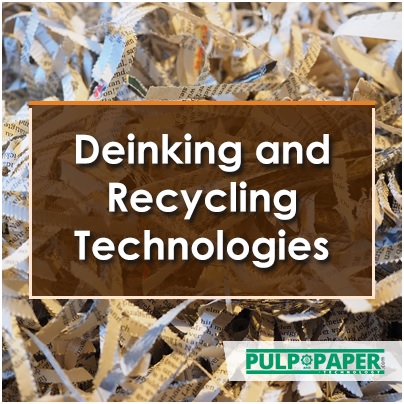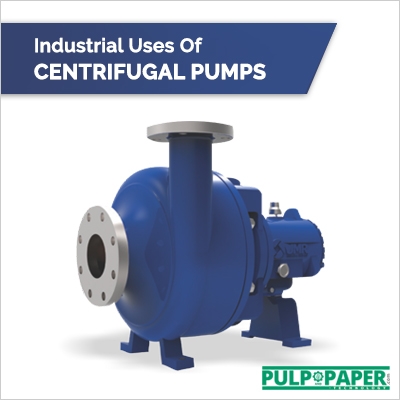Optimizing Printing & Binding in Pulp & Paper: Efficiency & Quality

Introduction:
Printing and binding play crucial roles in the pulp and paper industry, where efficiency and quality are paramount. Optimizing these processes not only enhances productivity but also ensures the delivery of high-quality products to meet market demands. This article explores the strategies and technologies involved in optimizing printing and binding in the pulp and paper industry, focusing on improving efficiency and maintaining product quality.
A) Understanding Printing in the Pulp & Paper Industry:
Printing in the pulp and paper industry encompasses various techniques such as offset printing, digital printing, flexography, and gravure printing. Each method has its advantages and applications, ranging from large-scale production to customized printing solutions. Offset printing, for instance, is commonly used for high-volume jobs due to its cost-effectiveness and consistent quality. On the other hand, digital printing offers flexibility for short runs and personalized printing requirements.
B) Key Factors for Optimizing Printing Efficiency:
Workflow Automation: Implementing automated workflows streamlines the printing process, reducing manual intervention and minimizing errors. Software solutions such as digital asset management (DAM) systems and print management software facilitate efficient job scheduling, file processing, and color management.
Print Quality Control: Utilizing advanced technologies like color management systems and spectrophotometers ensures accurate color reproduction and consistency across print runs. Real-time monitoring and quality control measures help detect and rectify printing defects, enhancing overall print quality.
Maintenance & Calibration: Regular maintenance of printing equipment and calibration of color profiles are essential for optimal performance. Scheduled maintenance tasks, including cleaning, lubrication, and part replacement, prevent downtime and prolong the lifespan of printing machinery.
Environmental Sustainability: Adopting eco-friendly practices such as using recycled paper, vegetable-based inks, and energy-efficient printing processes aligns with sustainability goals. Green printing initiatives not only reduce environmental impact but also appeal to environmentally conscious consumers.
C) Optimizing Binding Processes for Quality Outputs:
Binding techniques in the pulp and paper industry encompass methods like perfect binding, saddle stitching, spiral binding, and case binding. Each method offers unique advantages in terms of durability, presentation, and cost-effectiveness. Optimizing binding processes involves addressing key factors to ensure quality outputs:
Material Selection: Choosing the right binding materials such as adhesives, covers, and spine reinforcements is crucial for durability and aesthetic appeal. High-quality materials enhance the overall finish and longevity of bound products.
Precision Machinery: Investing in modern binding equipment with precise cutting, folding, and binding capabilities improves efficiency and accuracy. Automated binding machines reduce manual labor and increase production capacity, resulting in faster turnaround times.
Quality Assurance Checks: Conducting thorough quality checks during the binding process detects any defects or inconsistencies. Inspection of bound products for alignment, adhesion, and trim accuracy ensures adherence to quality standards.
Customization Options: Offering customization options such as embossing, foil stamping, and variable data printing adds value to bound products. Personalized finishing touches enhance product appeal and meet customer expectations.
D) Challenges and Solutions in Optimizing Printing & Binding:
Despite advancements in printing and binding technologies, several challenges persist in optimizing these processes:
Cost Management: Balancing cost-effectiveness with quality standards requires strategic planning and investment in efficient technologies. Cost-effective sourcing of raw materials and efficient workflow management contribute to cost optimization.
Skill Development: Ensuring workforce proficiency in operating advanced printing and binding equipment is essential. Training programs and skill development initiatives empower employees to maximize productivity and minimize errors.
Market Trends and Innovation: Keeping abreast of market trends and technological innovations enables companies to adapt and innovate. Embracing digital transformation, integrating AI-driven solutions, and exploring sustainable practices drive continuous improvement in printing and binding operations.
E) Future Trends in Printing & Binding Optimization:
The future of printing and binding in the pulp and paper industry is poised for further advancements and innovation. Key trends shaping the industry include:
Digitalization and AI Integration: Integration of AI-driven solutions for predictive maintenance, color management, and workflow optimization enhances operational efficiency and quality control.
3D Printing in Packaging: The adoption of 3D printing technologies for packaging applications revolutionizes design flexibility, customization, and sustainable packaging solutions.
Smart Automation: Implementation of smart automation technologies such as robotics and IoT-enabled devices optimizes production processes, reduces manual labor, and enhances precision in printing and binding.
Circular Economy Initiatives: Embracing circular economy principles through recyclable materials, closed-loop production systems, and waste reduction strategies promotes sustainability and eco-friendly practices.
Conclusion:
Optimizing printing and binding processes in the pulp and paper industry is essential for achieving efficiency, quality, and sustainability goals. By leveraging advanced technologies, embracing innovation, and focusing on continuous improvement, companies can stay competitive and meet evolving customer demands. The integration of digitalization, AI, and sustainable practices paves the way for a dynamic and resilient future in printing and binding optimization.









